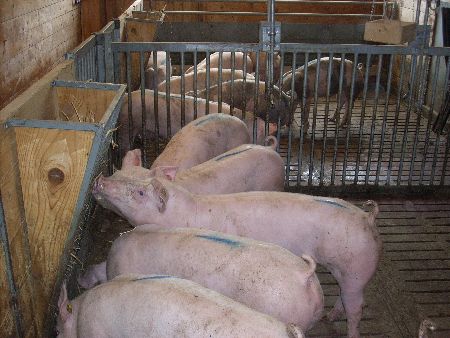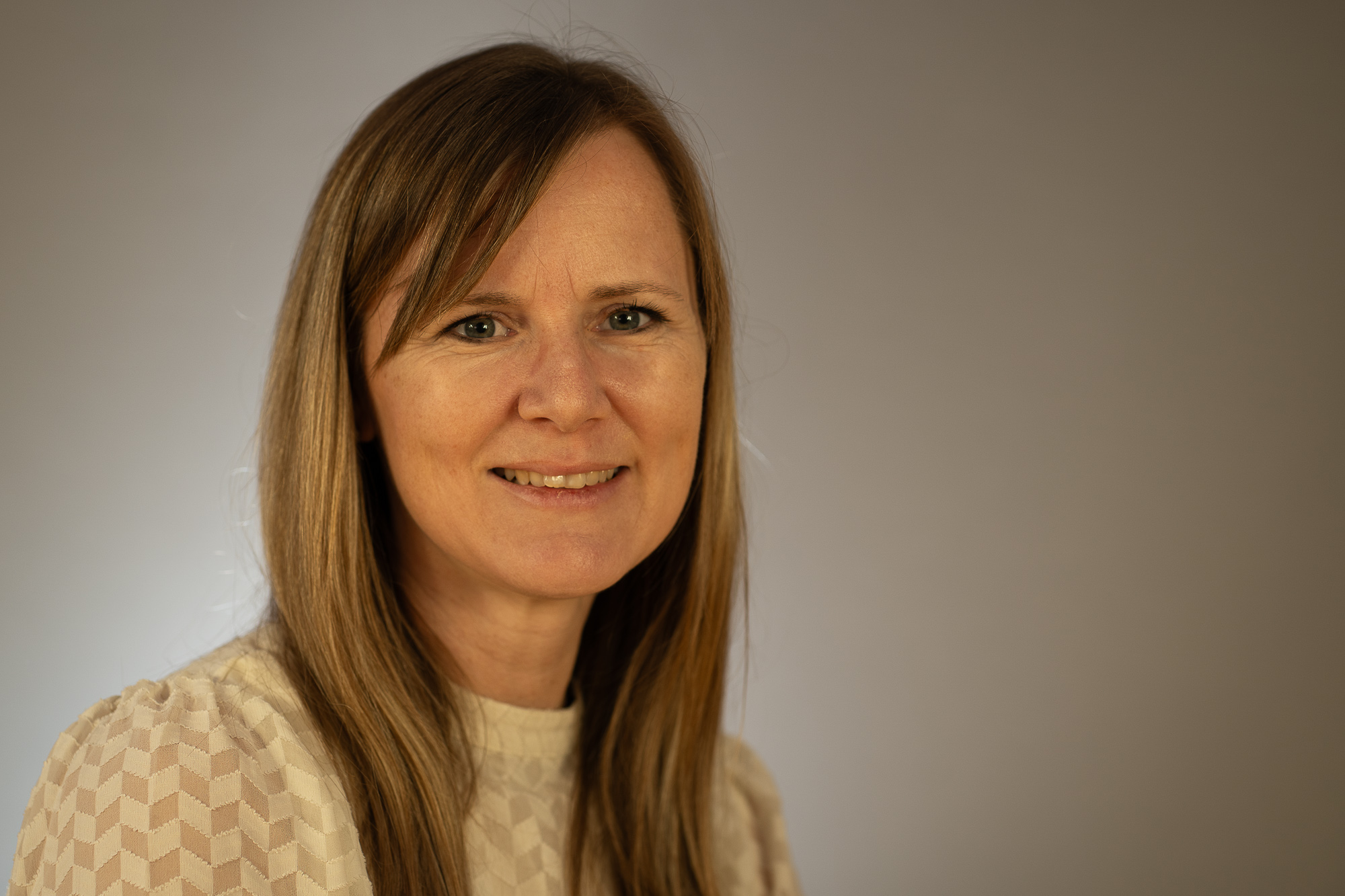Livestock farming is confronted with enormous problems in terms of emissions and the resulting immissions. The problems with residents and authorities in the approval process for stables are increasing rapidly. In addition, due to legal changes in various federal states, it is also possible to intervene in existing and approved stables, particularly in the case of neighboring problems. As a result, the authority has the possibility by law to impose subsequent regulations regarding emissions and immissions from agriculture. This creates enormous uncertainty for existing operations and planning uncertainty for future expansions. This makes it all the more important to introduce verified and recognized measures to reduce emissions inside and outside the stable building.
Systems of a certain size fall under the IPPC directive, whereby in addition to an operating license, the application of “best available technology” (“BAT” or German “BVT” – “best available technology”*) with a view to avoiding environmental pollution, Energy efficiency and waste disposal are required. National authorities are responsible for issuing permits.
In addition to industrial facilities, this directive also applies to the intensive farming or rearing of poultry or pigs
• with more than 40,000 places for poultry
• with more than 2,000 places for fattening pigs (pigs over 30 kg) or
• with more than 750 places for sows.
The EU with the IPPC office in Seville sets detailed requirements for future studies on emissions reduction and specifies the measurement technology to be used across Europe. It is also about Austrian proposals to reduce emissions for the BAT lists, also known as BREFS. If the data collected and the measures examined as part of the project are accepted by the EU, this should subsequently also be possible without any problems for the Austrian authorities in the states and municipalities.
With the proposed project, the feed additive used by Delacon is to be recognized as the “best available technology”, which, in addition to reducing odor and ammonia emissions, also shows reduction potential outside the stable (soil) through a reduction in nitrogen in the manure.
This is in the spirit of the ICCP directive: separate approaches that only serve to reduce emissions in air, water or soil can lead to pollution being transferred from one environmental medium to another instead of protecting the environment as a whole. It is therefore advisable to draw up an integrated concept for the avoidance and reduction of emissions into air, water and soil, for waste management, for energy efficiency and for the prevention of accidents.








